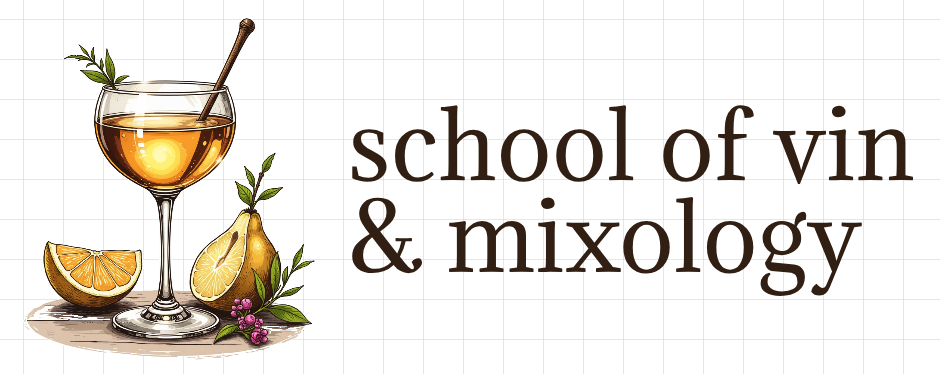Introduction
Bartending has long been perceived as a male-dominated industry, but women have been playing a crucial role in shaping the craft, breaking stereotypes, and leading innovation in mixology. Today, female bartenders are not only excelling in their field but also redefining the art of bartending by introducing new techniques, flavors, and business approaches.
The History of Women in Bartending
Historically, women were largely excluded from the bartending profession due to social norms and legal restrictions. In the early 20th century, laws such as the “Barman’s Law” in the United States prohibited women from working behind the bar in many establishments. However, during Prohibition (1920-1933), speakeasies saw a rise in female bartenders as underground establishments were more lenient with hiring. As time passed, women gradually gained more recognition and acceptance in the field.

Breaking Stereotypes in the Industry
Despite significant progress, gender bias in bartending still exists. Many female bartenders have faced challenges such as unequal pay, lack of representation in competitions, and the stereotype that bartending requires physical strength more suited to men. However, women have consistently proven their skills, creativity, and resilience, pushing the industry forward.
Key ways women are breaking stereotypes in bartending include:
- Leadership in the Industry: Many women are now bar managers, bar owners, and lead mixologists, changing the dynamics of the profession.
- Innovation in Mixology: Female bartenders have introduced unique cocktail recipes and modern bartending techniques that emphasize creativity and sustainability.
- Representation in Competitions: More women are winning prestigious bartending awards and participating in international cocktail competitions.
- Advocacy for Inclusivity: Women-led initiatives are working toward a more inclusive and diverse industry, creating safe and empowering spaces for all bartenders.
Leading Female Bartenders Shaping the Industry
Ada Coleman (United Kingdom)
One of the earliest female bartenders to gain international recognition, Ada Coleman was the head bartender at The Savoy’s American Bar in London in the early 1900s. She created the famous Hanky Panky cocktail and set the stage for women in the industry.
Audrey Saunders (United States)
Known as the “Queen of Modern Mixology,” Audrey Saunders played a crucial role in the cocktail renaissance. She founded the iconic Pegu Club in New York City, where she pioneered classic cocktail revival and mentored future bartending talents.
Monica Berg (Norway/United Kingdom)
An award-winning bartender and co-founder of Tayēr + Elementary in London, Monica Berg is known for her innovation and modern approach to mixology. She also co-created P(our), a nonprofit organization aimed at fostering education and inclusivity in bartending.
Ivy Mix (United States)
A champion of women in bartending, Ivy Mix is the co-owner of Leyenda in Brooklyn and the founder of Speed Rack, a global bartending competition that highlights female talent while raising funds for breast cancer research.
Agostina De Alba (Argentina)
Agostina De Alba is a celebrated Argentine bartender recognized for her expertise in wine and spirits. She has won multiple international bartending competitions and is known for her advocacy of women in the industry.
Women Leading Innovation in Bartending
Female bartenders are making waves not only through their skills but also through innovation in different areas of mixology:
- Sustainable Practices: Many women in the industry focus on reducing waste, using local ingredients, and creating eco-friendly cocktails.
- Experimental Flavors: Female bartenders are known for their bold experimentation with flavors, incorporating elements from different cultures and culinary traditions.
- Education & Mentorship: Women in bartending are actively involved in training programs, mentorship initiatives, and community building to help future generations thrive.
- Entrepreneurship: More women are opening their own bars, consulting businesses, and launching cocktail brands, further diversifying the industry.
The Future of Women in Bartending
The presence and influence of women in bartending will only continue to grow as the industry becomes more inclusive. Organizations and events that promote gender equality, such as Speed Rack, Women Who Tiki, and Tales of the Cocktail’s Dame Hall of Fame, are paving the way for more female bartenders to succeed.
With increasing recognition, mentorship programs, and leadership opportunities, the future of bartending will see more women shaping trends, owning businesses, and leading the next wave of innovation.

Conclusion
Women have played a vital role in bartending’s evolution, from the early days of Prohibition-era speakeasies to modern-day cocktail innovation. Despite challenges, female bartenders continue to break stereotypes, win competitions, and introduce fresh ideas to the industry. As more women take leadership roles, the industry moves toward a more diverse, inclusive, and dynamic future. The art of bartending is not just about mixing drinks—it’s about creativity, passion, and pushing boundaries, something that women in the field have been excelling at for generations.



